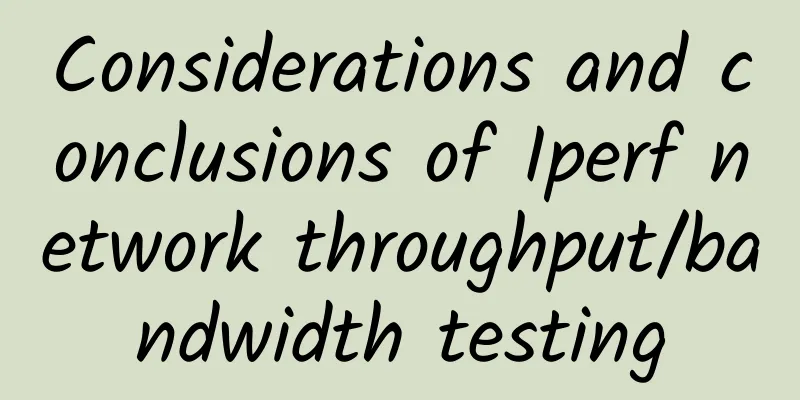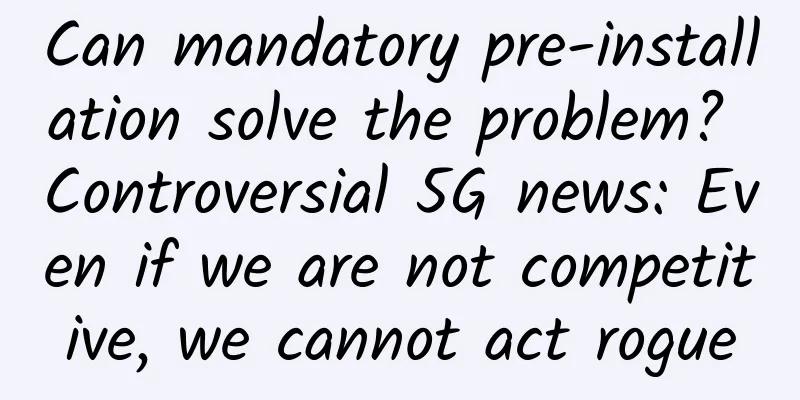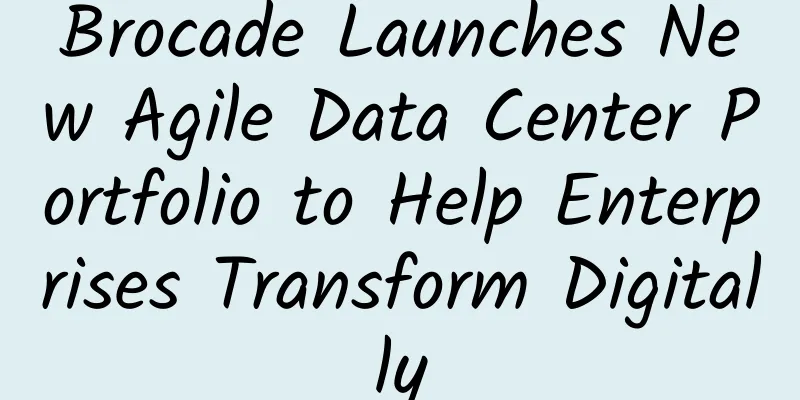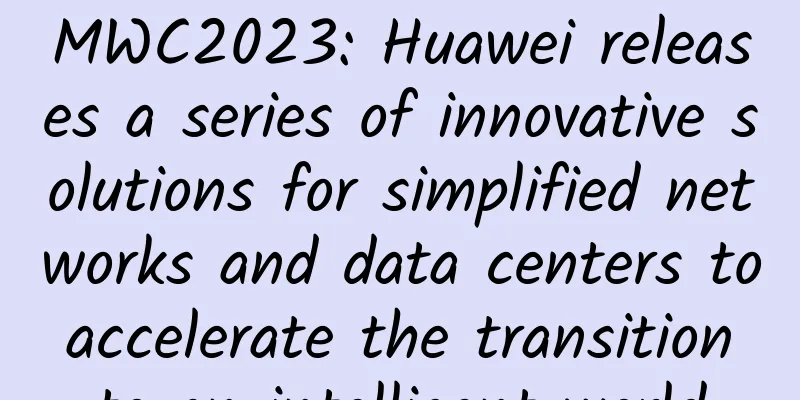Learn about the last of the four types of switch messages in one minute: known unicast

|
Continuing from the previous article "Learn three of the four types of switch messages in one minute: broadcast, multicast, and unknown unicast" 90% of the traffic transmitted by the Layer 2 switch is known unicast In the previous article, we talked about how Layer 2 switches divide messages into four categories when forwarding messages: broadcast, multicast, unknown unicast, and known unicast. Although the first three types of messages look different, Layer 2 switches handle them in the same way: flood forwarding. Today we will introduce the last type: known unicast. Because the switch handles it differently from the other three types of messages, we will introduce it separately today! In a daily working environment, more than 90% of the packets forwarded normally by a Layer 2 switch are known unicast packets. If not, it means that there is a problem with the network, there may be a loop or the switch is being attacked. In order to take care of those who are new to the network, let's first popularize the concept of known unicast! In the switch MAC address table, there is a message with an entry, called a known unicast Every time the switch receives a message, it will extract its destination MAC address and then search the MAC address table to see if there is an entry corresponding to the destination MAC:
For example, the MAC address table of a switch is as follows: MAC address entry
For known packets, the Layer 2 switch will forward them from a specific interface. In our previous article, we said that switches will perform flooding for broadcast, multicast, and unknown unicast messages. So how do switches handle known unicast messages?
For example, in the MAC address table below, when the switch receives a packet with a destination MAC of 0000-0011-1111, it will only forward it from G0/0/1 and will not forward it from G0/0/2. It will only be forwarded from G0/0/1 This is also the biggest feature of known unicast! Summarize As mentioned above, more than 90% of the traffic on the network is known unicast. Can you guess why? Because the normal forwarded message must have an outbound interface, if not, the traffic will be flooded! We know that flooded traffic will be copied multiple times and sent out from multiple interfaces! This forwarding method will not only waste the resources of the switch, but also occupy a lot of bandwidth, which should not exist (a small amount is acceptable). If there is a large amount of flooded traffic, it means that there is a problem with the network, and the network failure needs to be eliminated. At the same time, measures should be taken to limit the transmission of flooded traffic! |
<<: Key considerations for deploying Wi-Fi 6
>>: TCP SYN Queue and Accept Queue
Recommend
Learn about routers, switches, and network hardware
Today we're taking a look at home network har...
Evoxt: $2.99/month-512MB/5GB/250GB/Hong Kong & Malaysia & Germany & UK & US data centers
This is the first time that Evoxt has been shared...
How far are we from the legendary 5G?
If the upper left corner of your phone desktop sh...
Network security experts teach you how to set up the most secure WiFi password in history
By setting a strong password, you can prevent WiF...
Do you know the characteristics of 5G core network (5GC)?
[[333327]] 3GPP defines the 5G core network as a ...
The IPv6 era is coming, and every grain of sand in the world can have an IP
When it comes to IPv6, I think most people think ...
Cloud empowers new life and Wind River IoT genes are upgraded again
There is a wind power plant abroad that mainly us...
10gbiz July Offer: Hong Kong/Los Angeles VPS 40% off, monthly payment starts at $2.36, Silicon Valley dedicated server/station cluster server first month half price
I received a July discount from 10gbiz, offering ...
Is there still room for wireless mesh networking in the enterprise?
【51CTO.com Quick Translation】Wireless mesh networ...
Can mandatory pre-installation solve the problem? Controversial 5G news: Even if we are not competitive, we cannot act rogue
In the public opinion field, operators are critic...
By the end of 2016, my country had achieved 100% implementation of the real-name system for telephone users.
[51CTO.com original article] In recent years, spa...
A brief analysis of the development direction of automation equipment installation and operation
IT operation and maintenance automation refers to...
Choose Cisco ACI, the future data center has unlimited potential
[51CTO.com original article] According to market ...
Don't let MAC address drift become your nightmare: practical protection and detection methods
Overview of MAC Address Flapping MAC address drif...









